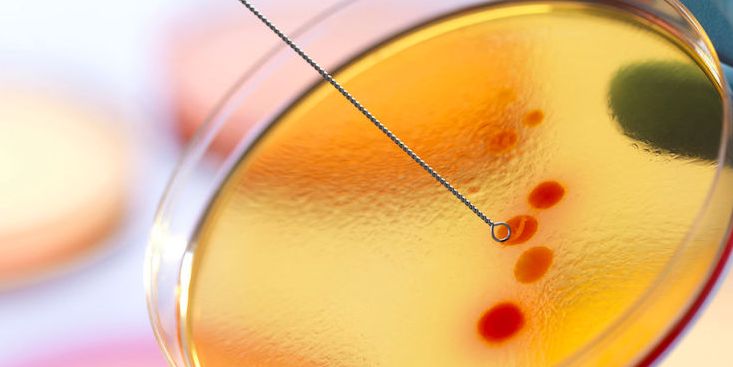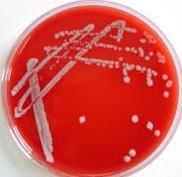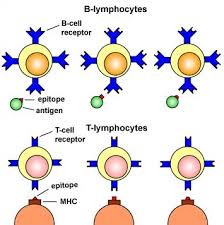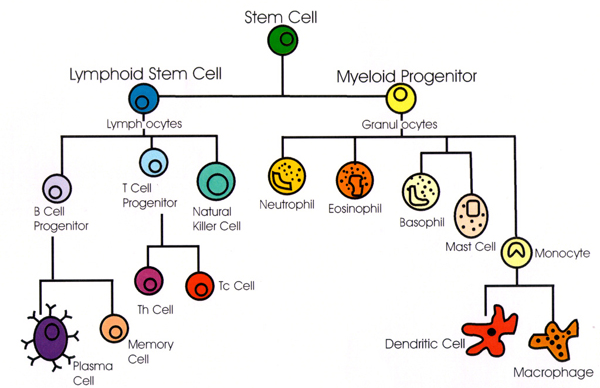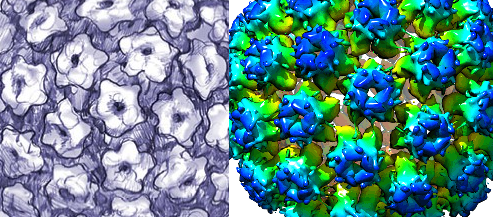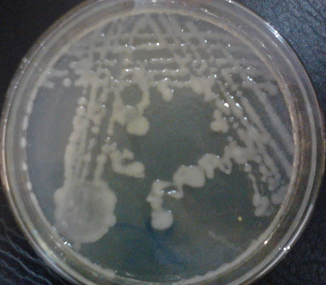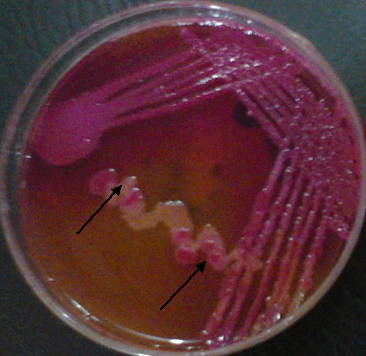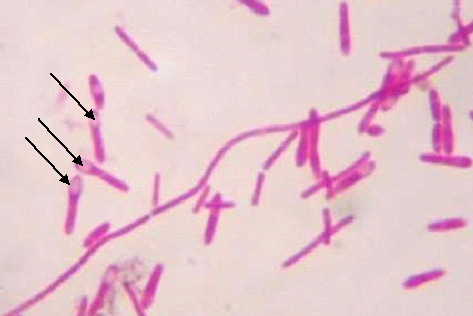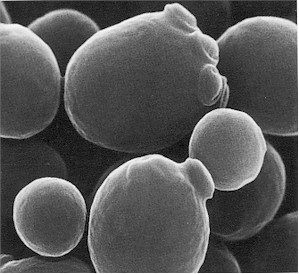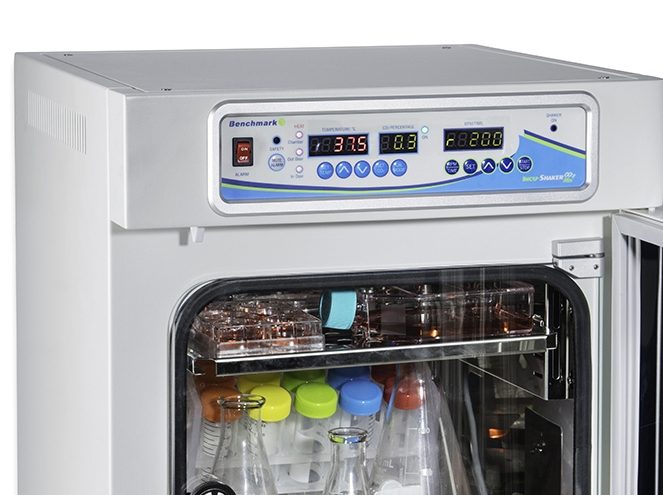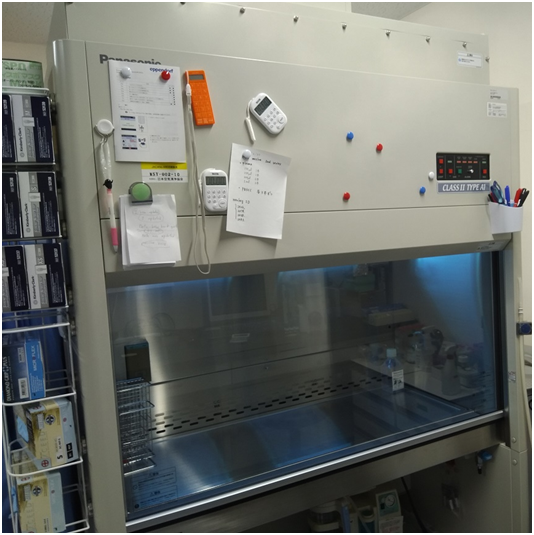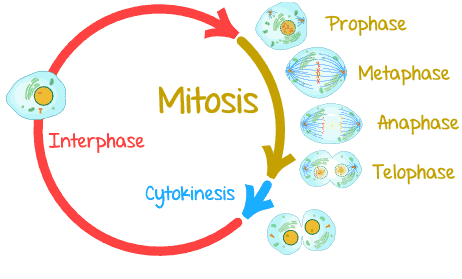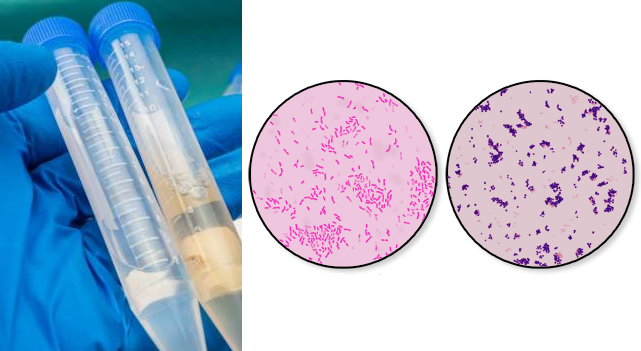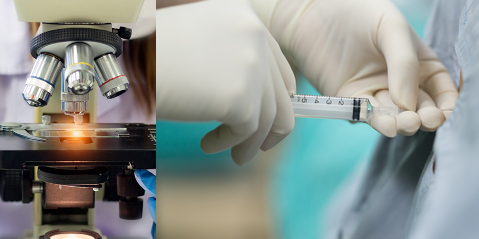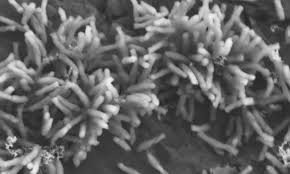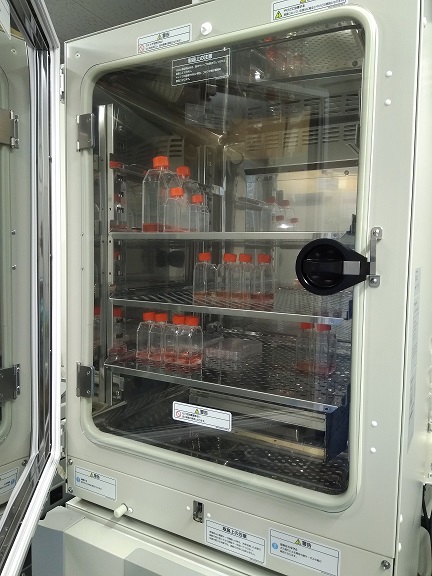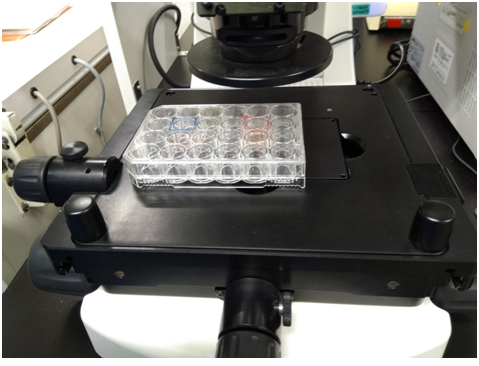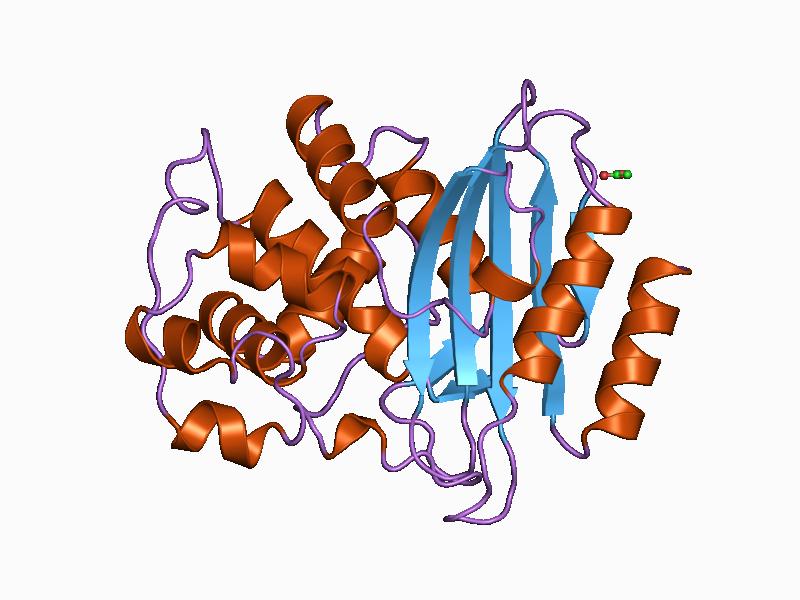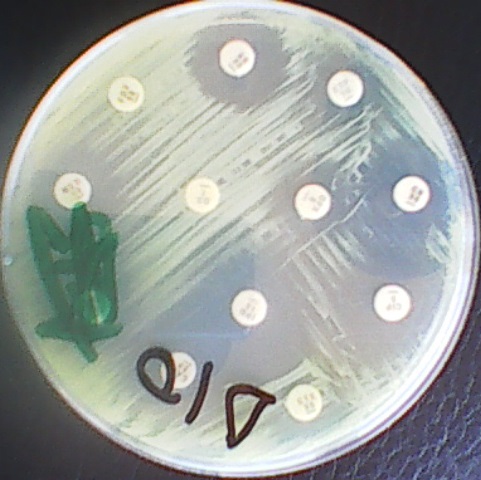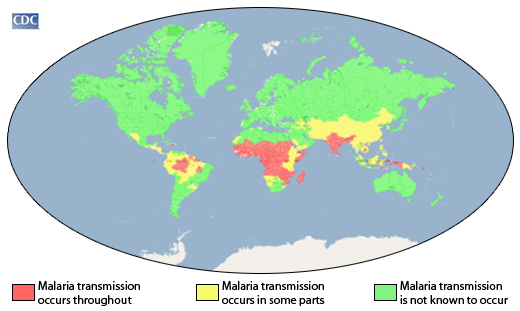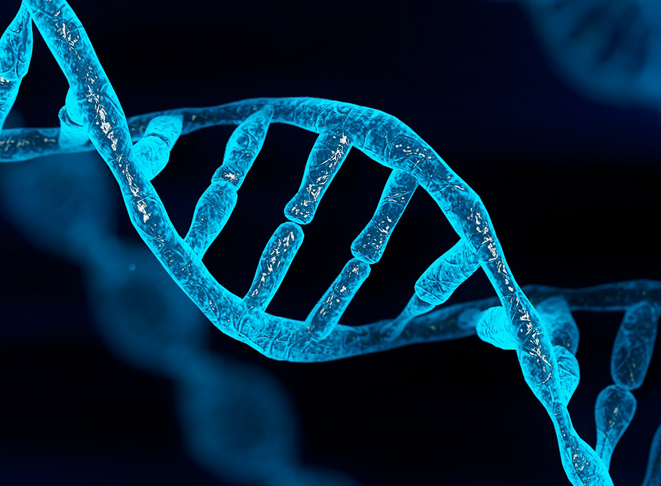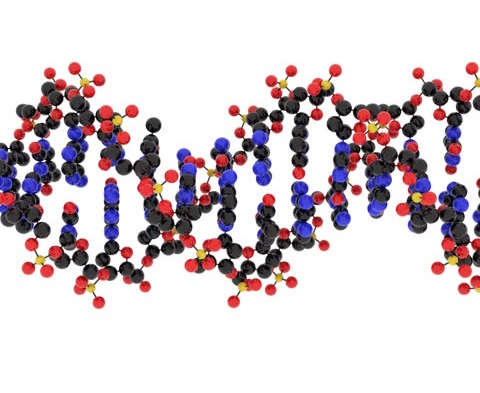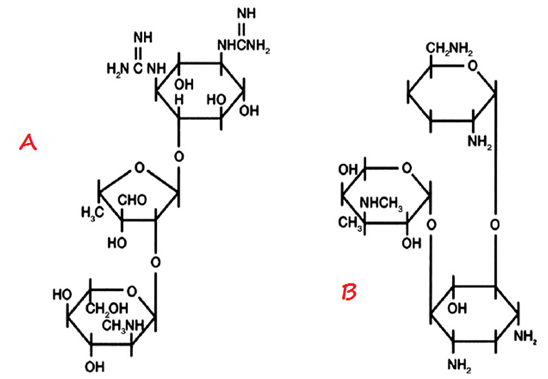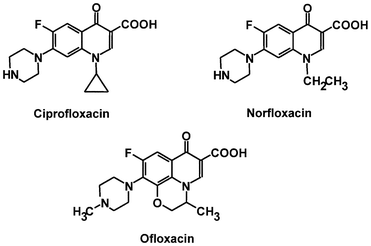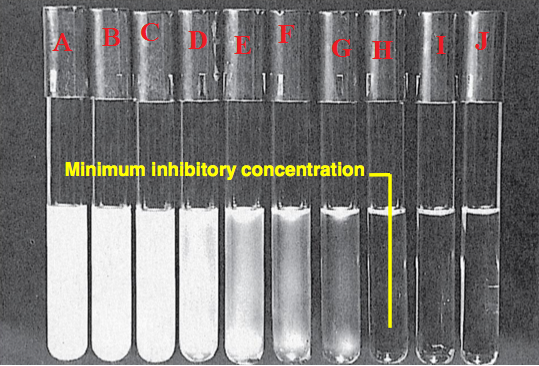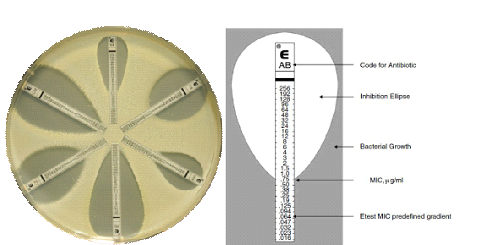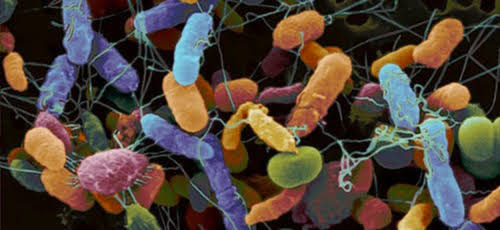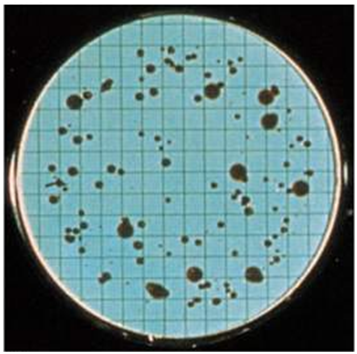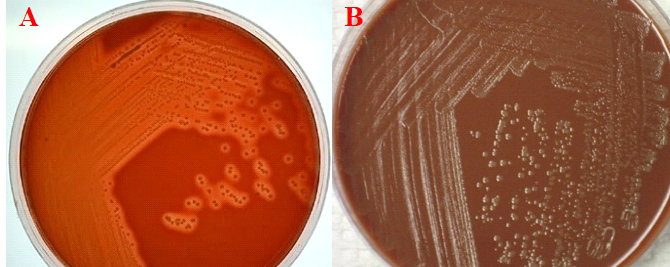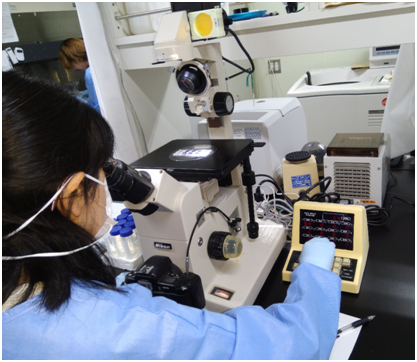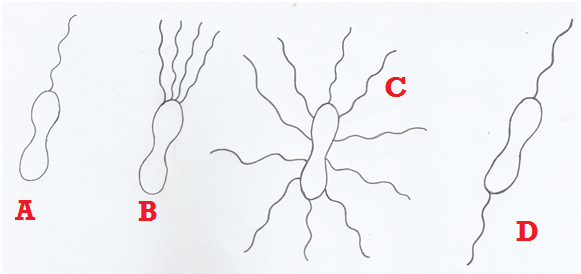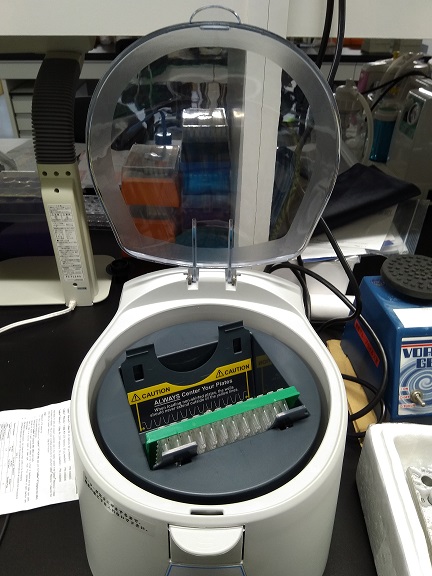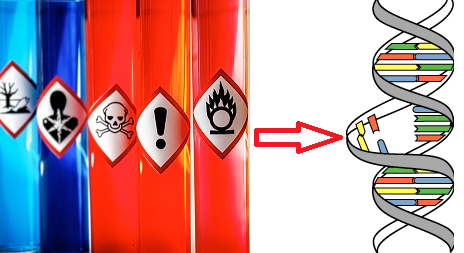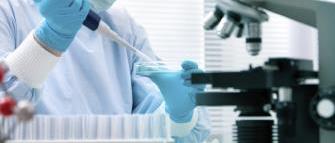Macromolecules are large biological molecules that are made up of repeating smaller biological units generally […]
Year: 2023
MEIOSIS
Meiosis unlike mitosis is the type of cell division that occurs during the formation of […]
Application of genetically modified organisms (GMOs)
The field of medicine has in the past decades seen the production of many biotherapeutics […]
GENETICALLY MODIFIED ORGANISMS (GMOs)
Genetically modified organisms(GMOs) are living organisms including plants and microorganisms whose genetic material has been […]
MAJOR HISTOCOMPATIBILITY COMPLEX (MHC) MOLECULES
Major histocompatibility complex (MHC) moleculesalso known as human leukocyte antigens (HLA) complex are a large […]
IMMUNE SYSTEM CELLS AND THEIR FUNCTIONS
All the cells of the immune system inclusive of blood cells originate from the bone […]
POLYOMAVIRIDAE FAMILY
Polyomaviridae family contains DNA tumourviruses like the Papillomaviridae family. Polyomavirus is the only viral genera […]
PAPILLOMAVIRIDAE FAMILY
Theviral family Papillomaviridae comprises of papillomaviruses (abbreviated as PVs); and they were previously classified together […]
INCUBATION & STERILIZATION TECHNIQUE
Microorganisms are incubated in the incubator at different temperatures and time interval depending on the […]
CULTURING TECHNIQUE
Culturing technique is used for the propagation of microorganisms in the microbiology laboratory; and it […]
ESCHERICHIA COLI
Escherichia coli is a facultative, enteric, Gram-negative, motile/flagellated, and lactose-fermenting rod that occur in the […]
CLOSTRIDIUM BOTULINUM
Clostridium botulinum is a Gram-positive, strict-anaerobic, motile, pleomorphic, catalase-negative, endospore-forming bacillus (rod) that is ubiquitously […]
Saccharomyces cerevisiae: Morphology, Physiology, and Biotechnological Applications of an Ancient and Modern Yeast
Saccharomyces cerevisiae, commonly known as baker’s yeast or budding yeast, is a unicellular eukaryotic […]
Processes of Beer Production
Beer production is an ancient and intricate biochemical process that has evolved over thousands of […]
Use & care of the Incubator
Incubator is a piece of equipment which is used in the microbiology laboratory to provide […]
Use & care of the Biosafety Laminar Flow Cabinet
Biosafety laminar flow cabinet or hood is used to maintain a clean environment when performing […]
Materials from the iAMR team for teaching & illustrating AMR
Are you looking for more information about Antibiotic Resistance or antimicrobial resistance (AMR)? Do you […]
CELL DIVISION – MITOSIS
Cell division is simply defined as the general way in which a microbial cell or […]
BACTERIAL SPORES
Spores are the resistant inactive structures formed by some prokaryotic and eukaryotic organisms. Spore formation […]
SPECIFIC FUNCTIONS OF LICHEN ACIDS (SECONDARY METABOLITES)
Lichens produce two types of metabolites: primary metabolites (e.g. carbohydrates and amino acids) and secondary […]
LICHEN METABOLISM
All microorganisms carry out two modes of metabolism during their lifetime, and these are mainly […]
GRAM SMEAR OF CEREBROSPINAL FLUID (CSF) SAMPLE
AIM: To detect the presence of pus cells and bacteria in cerebrospinal fluid (CSF) specimen. […]
MICROSCOPY OF CEREBROSPINAL FLUID (CSF)
Cerebrospinal fluid (CSF) samples are obtained with extra precautions using a technique called lumbar puncture. […]
THE PLACE OF STATISTICS IN THE STUDY OF EPIDEMIOLOGY
Statistics is a branch of mathematics that is concerned with the proper method of collecting, […]
PATHOGEN & HOST FACTORS THAT INFLUENCE DISEASE DEVELOPMENT
Once a disease-causing microorganism (pathogen) gains entry into the body of a susceptible host, the […]
USE OF ANTIBIOTICS IN CELL CULTURE LABORATORY
Bacterial contamination of cells was one of the major threats encountered in the culturing of […]
EQUIPMENT USED IN CELL CULTURE LAB
Laminar flow cabinet (hood) The laminar flow biological safety cabinet which can also be called […]
BETA-LACTAMASE: an important resistance mechanism in bacteria
Beta-lactamases are enzymes secreted by both Gram positive and Gram negative bacteria, and which have […]
MULTIDRUG RESISTANT BACTERIA (MDRB)
The introduction of antibiotics into clinical medicine for the treatment of infectious diseases heralded an […]
EPIDEMIOLOGY OF MALARIA
Malaria is increasing at a worrying rate compared to the other blood and tissue parasitic […]
FACTORS THAT AFFECT TRANSMISSION OF MALARIA
Environmental factors greatly enhances the spread and transmission of malaria because these climatic factors which […]
MUTAGENESIS
Mutagenesis is the careful alteration of the genetic information of an organism’s genome in such […]
MUTATION
Mutation is a change in the genetic make-up (or DNA) of an organism.It is an […]
GENTAMICIN
Gentamicin is an aminoglycoside antibiotic. Aminoglycosides are antibiotics that inhibit protein synthesis like the tetracyclines, […]
CIPROFLOXACIN
Ciprofloxacin is a fluoroquinolone antibiotic that is derived from the earlier quinolones. Nalidixic acid is […]
MINIMUM INHIBITORY CONCENTRATION INTERPRETATION: Guidelines for accurate testing
This definitive guide unlocks the secrets of Minimum Inhibitory Concentration interpretation with clear explanations of […]
MEASUREMENT OF ANTIMICROBIAL EFFICACY/ACTIVITY
The determination of the antimicrobial susceptibility of a given pathogen to a particular antimicrobial agent […]
MICROBIOLOGY OF THE SOIL
Soil is simply defined as the mixture of minerals, organic matter, gases, liquids, and the […]
MEMBRANE FILTRATION TECHNIQUE
Filtration is simply defined as the separation of particles from fluid or liquids by the […]
Selenite F broth
In the microbiology laboratory, pure cultures of microorganisms (e.g., bacteria) are critical to the success […]
CULTURE OF CEREBROSPINAL FLUID (CSF)
AIM: To isolate organism from cerebrospinal fluid (CSF) specimen as an aid in the diagnosis […]
MICROSCOPY OF SPUTUM SPECIMEN
AIM: To detect the presence of pus cells and predominant bacteria in sputum specimens as […]
LICHENS AND THEIR BIOLOGICAL SIGNIFICANCE
Lichen is simply a symbiotic association of slow-growing microorganisms that is composed mainly of a […]
TREATMENT & PREVENTION OF FUNGAL INFECTIONS
Fungal infection is treated using antifungal drugs. Some of the drugs used for the treatment […]
BACTERIAL FLAGELLATION
Flagella (singular: flagellum) are the organelles of locomotion or movement in prokaryotic cells. Microbial motility […]
BACTERIAL CAPSULE
Capsules are extracellular polysaccharide (ESP) molecules secreted by bacteria, and which are normally found outside […]
APPLICATIONS OF MUTAGENESIS
Recombinant DNA technology and the use of synthetic DNA molecules make it possible for […]
MUTAGENS
Mutagens are biological, physical or chemical agents that change the genetic materials (inclusive of DNA […]
MICROBIAL ENUMERATION OF FOOD PRODUCTS
Food meant for human or animal consumption should be certified safe and hygienically acceptable after […]
The Role and Potential of Microbes in Food Production
Microorganisms, particularly bacteria and fungi, are fundamental to the sustainability and advancement of modern agriculture […]




